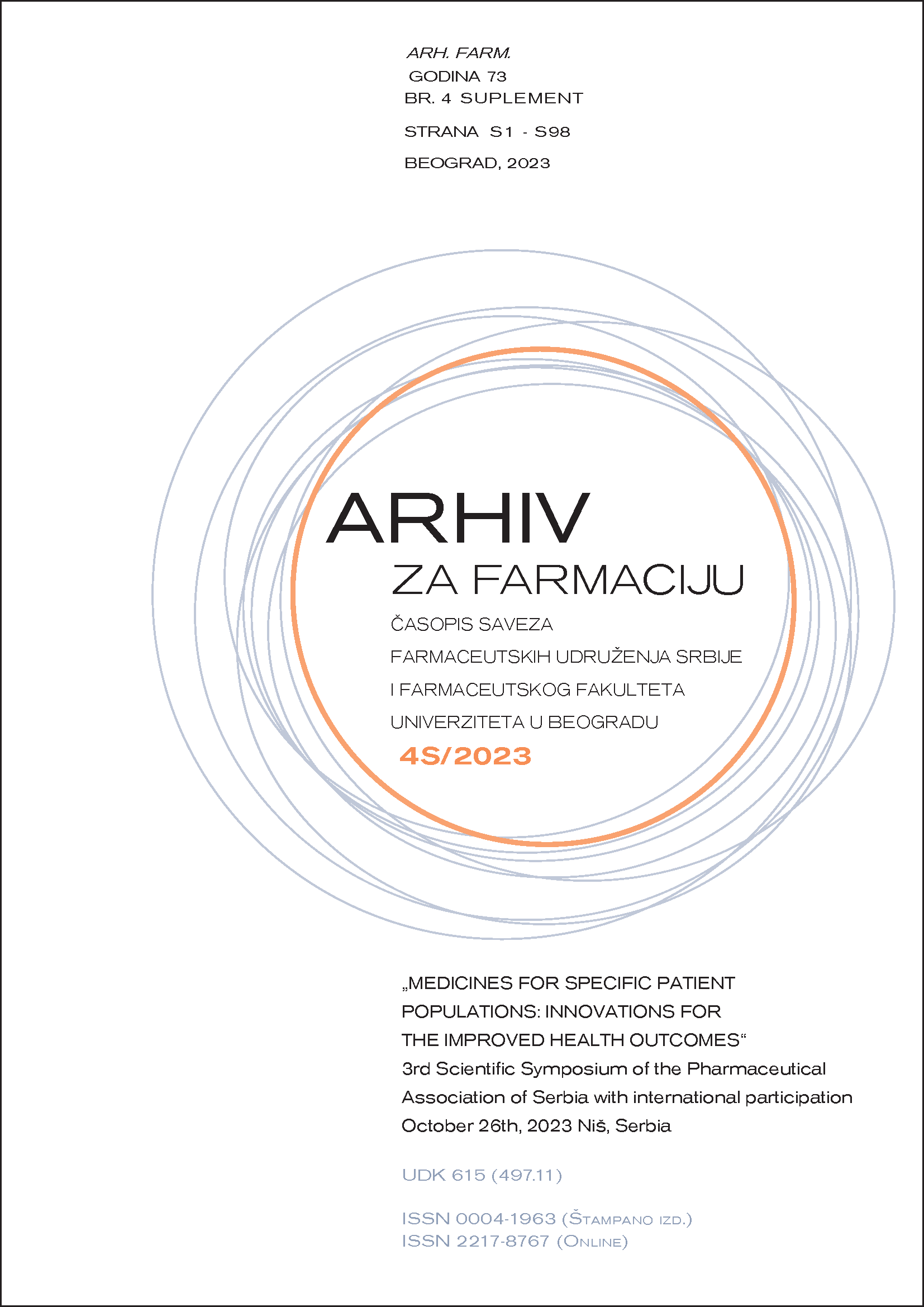DEVELOPMENT OF A TECHNOLOGICAL METHOD FOR MICROBIOLOGICAL DECONTAMINATION OF DRY CANNABIS FLOWERS
Abstract
In the countries with a National medicinal cannabis program, pharmaceutical regulations specify that herbal cannabis products must adhere to strict safety standards regarding microbial contamination. Treatment using non-hazardous radio frequency (RF) is non-ionizing, meaning it won’t change the molecular structure of the cannabis flower (1). Our goal was to develop a technological method for the decontamination of a dry cannabis flower, with the aim of reducing the count of some microorganisms in the flower itself, thus ensuring the health safety of the herbal product. For this purpose, we used a dry flowers of the THC-variety Jack Кush, with its treatment in an APEX7 irradiation machine, on different programs. Before the treatments, dried flowers had the following microbiological analysis: Total aerobic microbial count (TAMC)=4.6*103CFU/g; Total yeast and mold count (TYMC)=2.3*104CFU/g; Bile-tolerant gram-negative bacteria (BTG-)<102CFU/g and >10CFU/g; Escherichia coli (EC) and Salmonella (SA) are absent. Following the recommendation of the APEX7 manufacturer, we have developed three ways to irradiate the dried flower, namely: 1st program (90°C/1 min); 2nd program (95°C/1 min) and 3rd program (98°C/1 min). After treatment with 1st program the following results were obtained: TAMC=6*103CFU/g; TYMC<10CFU/g; BTG-<10CFU/g; EC and SA are absent. After treatment with 2nd and 3rd program, the same results were obtained: TAMC=4*103CFU/g; TYMC<10CFU/g; BTG-<10CFU/g; EC and SA are absent. Microbiological analyzes were performed in accordance with the Ph.Eur. monograph 04/2019:50108. We can conclude that the method used is effective in drastically reducing the count of pathogenic microorganisms and thus producing a safe final product.
References
1. Kovalchuk, O., et al. The effect of cannabis dry flower irradiation on the level of cannabinoids, terpenes and anti-cancer properties of the extracts. Biocatalysis and Agricultural Biotechnology 2020; 29: 101736.

